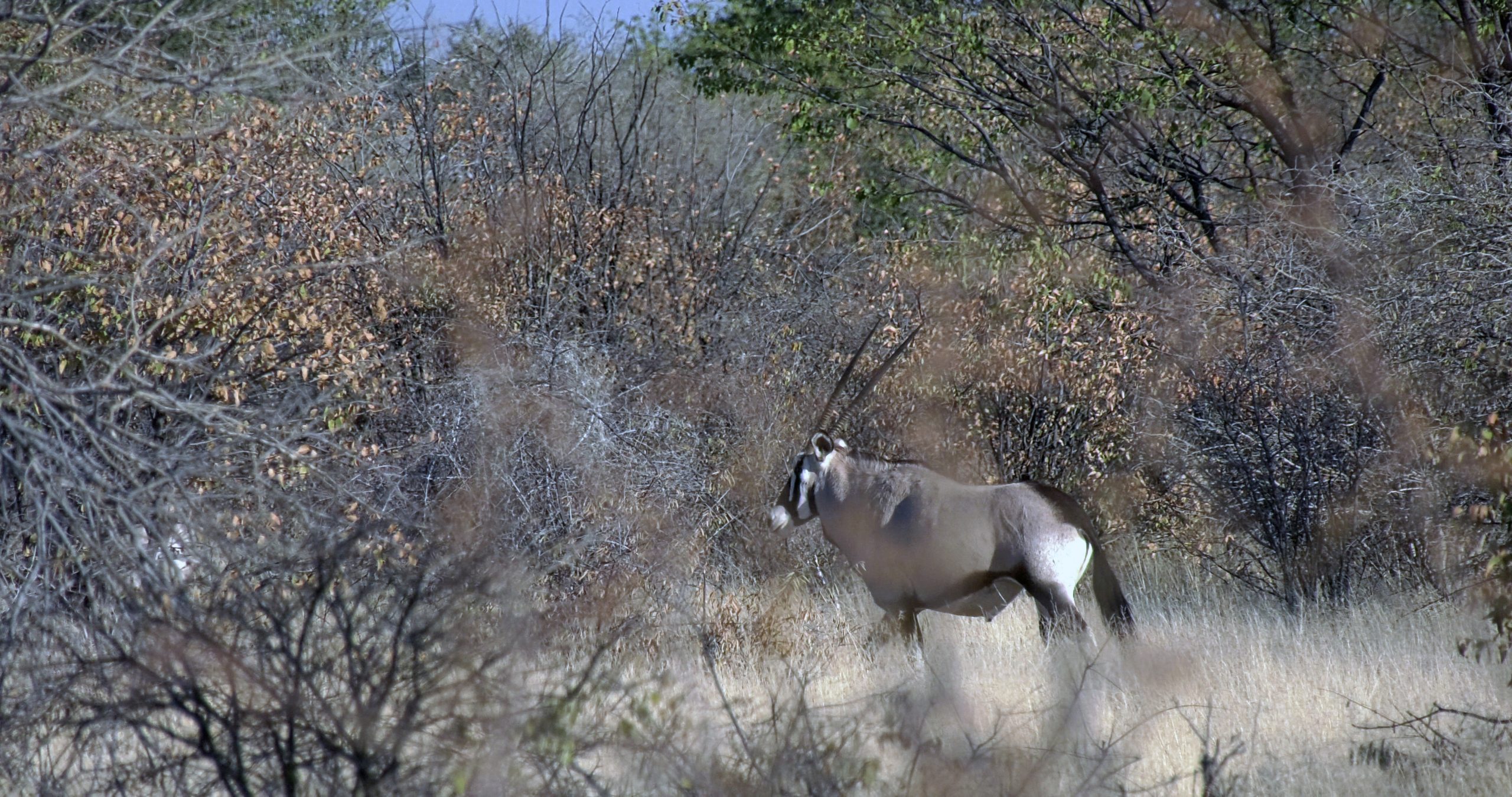Wildlife utilization is an integral part of the Namibian economy. There would be no reason to keep the wildlife if it had no tangible value.
It boils down to land use, cows and ploughs, if not wildlife.
Lindsey (2011)( https://www.biofund.org.mz/wp-content/uploads/2019/01/1547719857-Lindsey%202011%20WBLU%20and%20game%20meat%20production%20in%20Namibia.pdf) found that approximately 16-26 million kg per year of game meat was produced on Namibian farmlands.
Safari hunting is responsible for the production of more meat than other forms of harvest (36.5%).
This was followed by own use 22.5% and “shoot to sell” 19.3%.
Wildlife culling accounted for 7.3%.
Approximately USD 23.7 million was generated by farmers through the sale of game meat.
This figure does not include value addition by meat processors and exporters.
Lindsey found that wildlife-based land use (WBLU) contributes significantly to national food security by creating foreign currency and employment.
But the value of WBLU on Namibian freehold land to the national economy (and to national food security) is much lower than it could be because of the rarity of large and high-value species, the lack of fully integrated conservancies, and veterinary restrictions preventing the reintroduction of buffalo.
So, what should we promote domestic animal husbandry or free-range wildlife?


